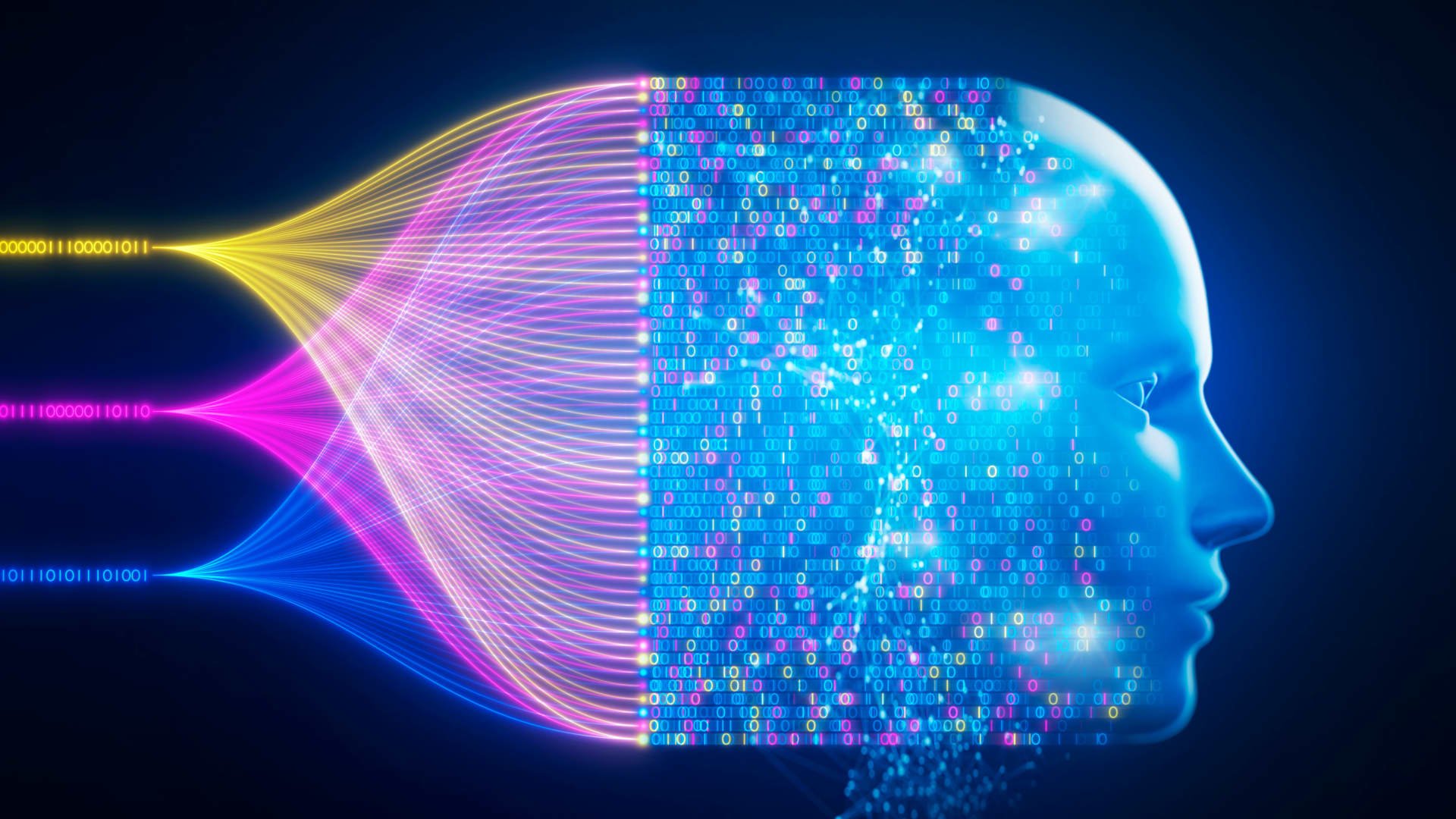Let’s dive straight into the buzz around undress AI—a technology that’s sparking debates worldwide. It’s no secret that AI has been transforming industries, but this particular application raises serious ethical questions. Imagine a tool that can digitally remove clothing from photos with just a few clicks. Sounds like something out of a sci-fi movie, right? Well, it’s real, and it’s causing quite the stir. So, what exactly is undress AI, and why should you care?
The world of artificial intelligence keeps evolving at lightning speed, but not all advancements are met with open arms. Undress AI represents one of those gray areas where innovation meets controversy. As we explore this topic further, you’ll see how it intersects with privacy concerns, legal issues, and even personal safety.
Now, before we jump into the nitty-gritty, let’s set the stage. This isn’t just another tech trend; it’s a game-changer that demands our attention. Whether you’re a tech enthusiast, a privacy advocate, or simply someone curious about the latest developments in AI, this article has something for you. So grab your favorite drink, get comfy, and let’s unravel the truth behind undress AI.
- 9xmovies Baby Your Ultimate Guide To Legal Streaming And Entertainment
- Vega Moviecom Your Ultimate Destination For All Things Cinema
What Exactly is Undress AI?
Undress AI refers to a specific type of deepfake technology designed to manipulate images by digitally removing clothing from individuals in photographs. Sounds impressive, but here’s the kicker—it’s not always used for good. While some developers claim it’s meant for artistic purposes or experimentation, others have raised alarms over its potential misuse.
Here’s how it works: Using advanced algorithms, undress AI analyzes patterns in clothing textures and body shapes to recreate an image where the subject appears unclothed. It’s like magic, except it’s powered by machine learning. But as they say, with great power comes great responsibility—or in this case, controversy.
Let’s break it down further:
- Movie Rulz Your Ultimate Streaming Hub Unveiled
- Lela Sohna Naked Unpacking The Truth Behind The Controversy
- It uses neural networks to process and alter images.
- Can work on both still photos and video footage.
- Raises significant ethical concerns regarding consent and privacy.
Why is Undress AI So Controversial?
Imagine waking up one day to find your image circulating online after being altered without your permission. Scary, right? That’s exactly why undress AI has become such a hot-button issue. Here’s the deal: while the technology itself is fascinating, its implications are alarming.
First off, there’s the question of consent. Most people wouldn’t agree to have their photos manipulated in such a way, especially if it leads to harassment or exploitation. Then there’s the matter of privacy. In today’s digital age, safeguarding personal information is more important than ever, and undress AI poses a direct threat to that.
Key Ethical Concerns
Let’s zoom in on the ethical dilemmas surrounding undress AI:
- Violation of individual privacy rights.
- Potential for misuse in revenge porn or cyberbullying.
- Impact on mental health and self-esteem.
These aren’t just theoretical concerns—they’re real issues affecting people every day. And as the technology continues to advance, these problems could escalate unless proper safeguards are put in place.
How Does Undress AI Work?
Okay, so now that we’ve established what undress AI is and why it’s controversial, let’s geek out a little and explore the technical side of things. At its core, undress AI relies on deep learning models trained on vast datasets of images. These models learn to recognize patterns in clothing and skin tones, allowing them to recreate realistic-looking images.
Here’s a simplified breakdown of the process:
- Data collection: Gathering thousands of images for training purposes.
- Model training: Teaching the AI to identify and manipulate specific elements within an image.
- Output generation: Producing the final altered image.
Of course, this is a highly simplified explanation. The actual mechanics involve complex mathematical computations and continuous refinement to improve accuracy. But hey, who doesn’t love a good tech breakdown, am I right?
Legal Implications of Undress AI
Now, let’s talk about the legal side of things. Is undress AI even legal? Well, it depends on where you live and how the technology is being used. In many countries, laws surrounding AI-generated content are still in their infancy, making enforcement a challenge.
However, there are some key legal considerations to keep in mind:
- Violation of copyright laws when using unauthorized images.
- Possible breach of privacy laws depending on jurisdiction.
- Risk of contributing to illegal activities like revenge porn.
While some nations are taking steps to regulate AI technologies, others are lagging behind. This creates a patchwork of regulations that can make enforcement inconsistent at best.
International Perspectives
Let’s take a quick look at how different parts of the world are addressing undress AI:
- United States: Some states have introduced legislation targeting deepfakes, including those involving undress AI.
- European Union: The EU’s General Data Protection Regulation (GDPR) provides some protection against unauthorized data processing.
- Asia-Pacific: Countries like Australia and Singapore have implemented stricter regulations to combat AI misuse.
As you can see, the legal landscape is far from uniform, which adds another layer of complexity to the issue.
Undress AI and Privacy Concerns
Privacy is one of the biggest concerns when it comes to undress AI. With the rise of social media and online sharing, our personal images are more accessible than ever. And that’s exactly what makes undress AI so dangerous—it exploits this accessibility for potentially harmful purposes.
Think about it: every time you post a photo online, you’re essentially giving someone the raw material to create an altered version of you. Sure, most people use filters and edits for fun, but undress AI takes it to a whole new level—one that crosses the line into invasive territory.
Steps to Protect Your Privacy
So, what can you do to protect yourself? Here are a few tips:
- Be mindful of what you share online.
- Use privacy settings to control who can view your photos.
- Report any suspicious activity to platform moderators.
While these measures won’t completely eliminate the risk, they can help reduce your exposure to potential threats.
The Role of Developers in Responsible AI
At the heart of the undress AI debate lies a fundamental question: Do developers have a responsibility to ensure their creations are used ethically? Many experts argue that yes, they absolutely do. After all, technology doesn’t exist in a vacuum—it’s created by humans and reflects their values (or lack thereof).
Responsible AI development involves several key principles:
- Transparency: Clearly communicating how the technology works and its intended use cases.
- Accountability: Taking ownership of the consequences, both positive and negative.
- Inclusivity: Ensuring the technology benefits everyone, not just a select few.
By prioritizing these principles, developers can help mitigate the risks associated with undress AI and other similar technologies.
Public Perception of Undress AI
So, how do regular folks feel about undress AI? Well, reactions vary widely depending on factors like age, gender, and cultural background. Some view it as a harmless novelty, while others see it as a serious threat to personal freedoms.
Social media has played a big role in shaping public opinion. Platforms like Twitter and Reddit are filled with discussions about the ethics of undress AI, with users sharing their thoughts and experiences. And let’s be real—those comments sections can get pretty heated!
Case Studies: Real-Life Examples
To better understand the impact of undress AI, let’s look at a few real-world examples:
- Case 1: A celebrity whose image was altered and shared without consent, leading to widespread backlash.
- Case 2: An individual who used undress AI for artistic purposes but faced criticism for crossing ethical boundaries.
- Case 3: A company that developed undress AI technology only to face legal challenges and public scrutiny.
Each of these cases highlights the complexities involved in navigating the undress AI landscape.
Future Trends in AI-Generated Content
As we look ahead, it’s clear that AI-generated content will continue to evolve at breakneck speed. But what does the future hold for undress AI specifically? Will it become more sophisticated, or will stricter regulations force developers to rethink their approach?
Experts predict several possible scenarios:
- Increased demand for regulation and oversight.
- Development of countermeasures to detect and prevent misuse.
- Potential integration into mainstream applications under strict guidelines.
Only time will tell which path we’ll take, but one thing’s for sure—this isn’t the last we’ll hear of undress AI.
Conclusion: Where Do We Go From Here?
Let’s recap: Undress AI is a groundbreaking yet controversial technology that raises important questions about privacy, ethics, and responsibility. While it showcases the incredible potential of AI, it also highlights the need for careful consideration and regulation.
As individuals, we have a role to play in shaping the future of this technology. By staying informed, advocating for responsible development, and protecting our own privacy, we can help ensure that undress AI is used in ways that benefit society as a whole.
So, what’s next? We’d love to hear your thoughts! Drop a comment below or share this article with your friends. Together, we can spark meaningful conversations about the future of AI and its impact on our lives.
Table of Contents
- Ibomma Kannada Your Ultimate Guide To Exploring The Best Of South Indian Cinema
- Filmyflycom Online Your Ultimate Destination For Entertainment And Beyond


